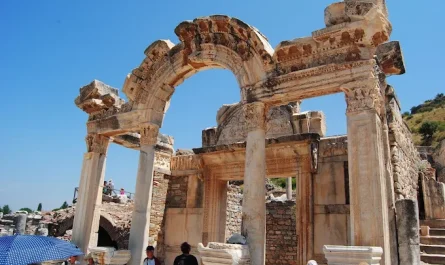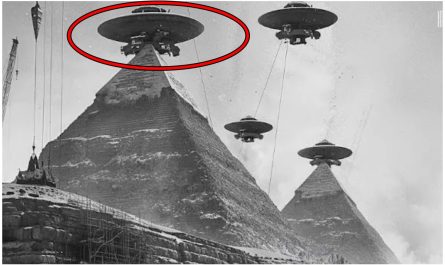For centuries, the pyramids of Egypt, especially the Great Pyramid of Giza, have captivated the imagination of explorers, historians, and archaeologists. Traditionally understood as monumental tombs for pharaohs, these iconic structures have long been shrouded in mystery, sparking theories about their construction and purpose. Recent breakthroughs, however, are reshaping our understanding, revealing hidden chambers, intricate tunnels, and evidence of advanced engineering that challenge conventional narratives.
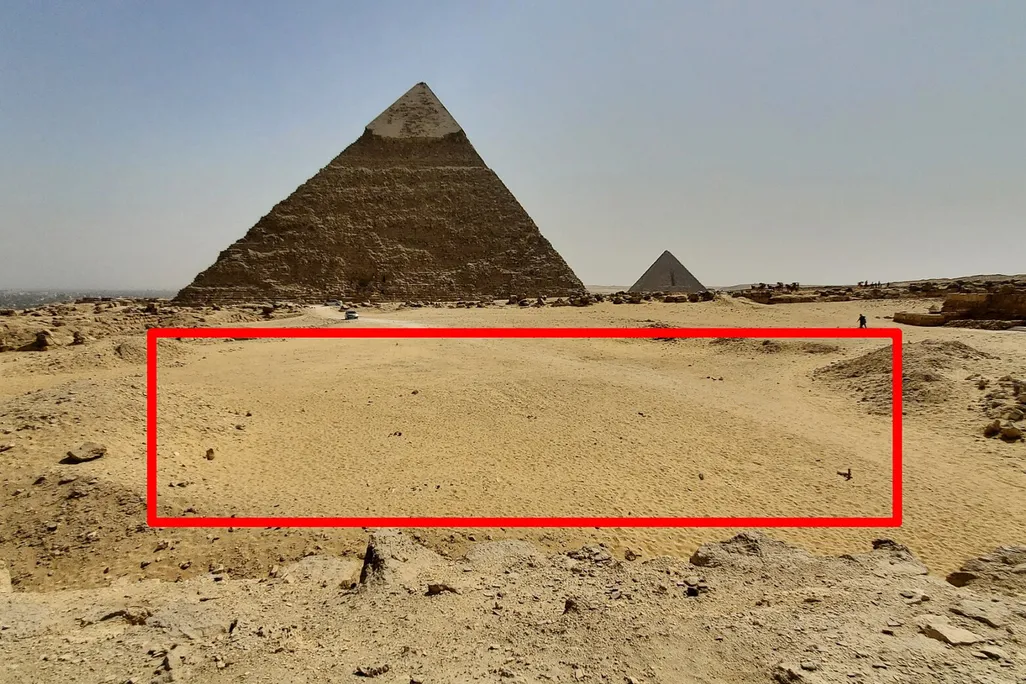
Using cutting-edge technologies like ground-penetrating radar (GPR), muon tomography, and synthetic aperture radar (SAR), researchers have uncovered previously undetectable features beneath and within the pyramids. For example, the ScanPyramids project, launched in 2015, employed muon radiography—a technique that tracks cosmic-ray particles to detect voids—to identify significant anomalies. In 2017, this team discovered a massive, 30-meter-long void above the Grand Gallery in the Great Pyramid of Khufu, dubbed the “big void,” which remains unexplored due to the risk of damaging the structure. More recently, in 2023, the same project confirmed the existence of the North Face Corridor, a 30-foot-long, 7-foot-wide passageway near the pyramid’s entrance, using a combination of muon imaging, GPR, and ultrasonic testing.
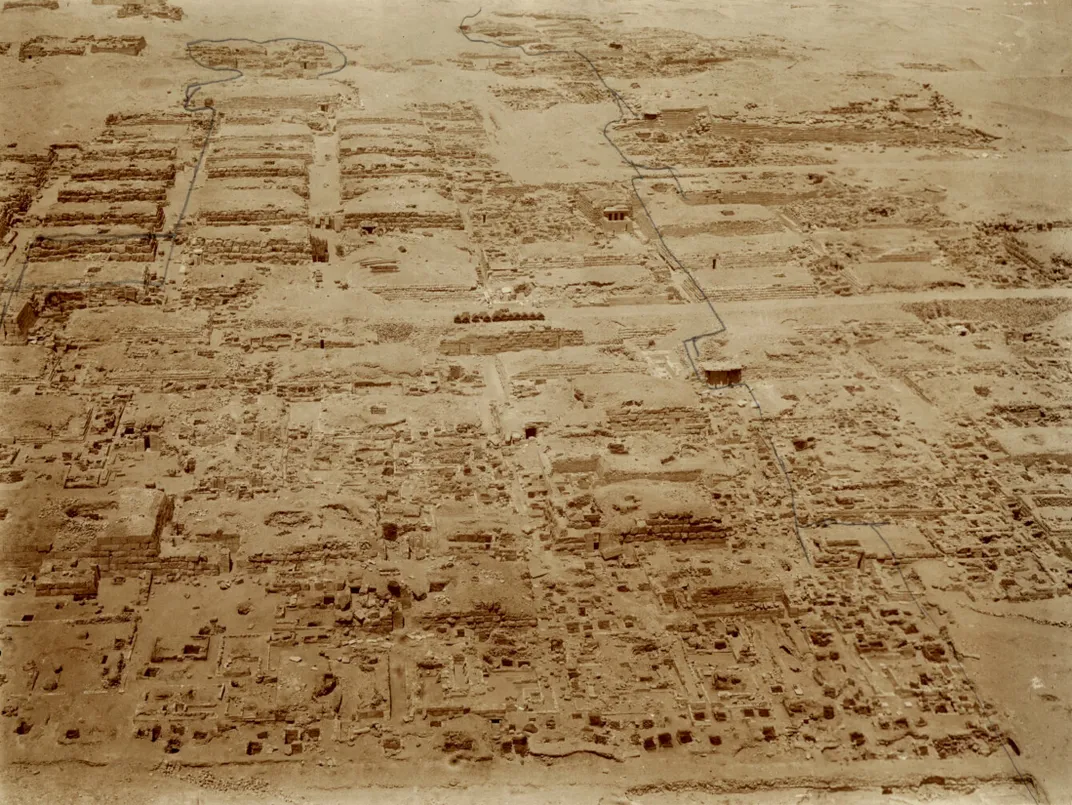
These discoveries suggest that the pyramids may have served purposes beyond burial sites. The precision of their construction—aligned with astronomical constellations like Orion and built with mathematical accuracy that rivals modern engineering—has led some researchers to propose alternative functions. Theories range from the pyramids acting as astronomical observatories to serving as energy generators or repositories for ancient knowledge, possibly linked to the mythical “Hall of Records” described in ancient texts. For instance, posts on X have speculated about chemical residues and harmonic resonance chambers in the Great Pyramid, suggesting it could have been designed for energy generation rather than solely funerary purposes. While these ideas remain speculative and controversial, they gain traction with each new finding that highlights the pyramids’ complexity.
In 2021–2023, a team from Higashi Nippon International University, Tohoku University, and Egypt’s National Research Institute of Astronomy and Geophysics used GPR and electrical resistivity tomography to investigate an unexplored area near the Great Pyramid. They identified an L-shaped shallow structure connected to a deeper anomaly, potentially an entrance to a larger chamber, filled with sand post-construction. More controversially, a 2025 study led by Italian and Scottish researchers, including Corrado Malanga and Filippo Biondi, claimed to have detected a vast underground complex beneath the Khafre Pyramid using SAR and Doppler tomography. They described eight cylindrical shafts, spiral staircases, and a water system extending over 2,000 feet deep, hinting at a possible “underground city.” However, experts like Professor Lawrence Conyers and Dr. Zahi Hawass have questioned these claims, citing the limitations of radar technology to penetrate such depths and the lack of peer-reviewed publication.
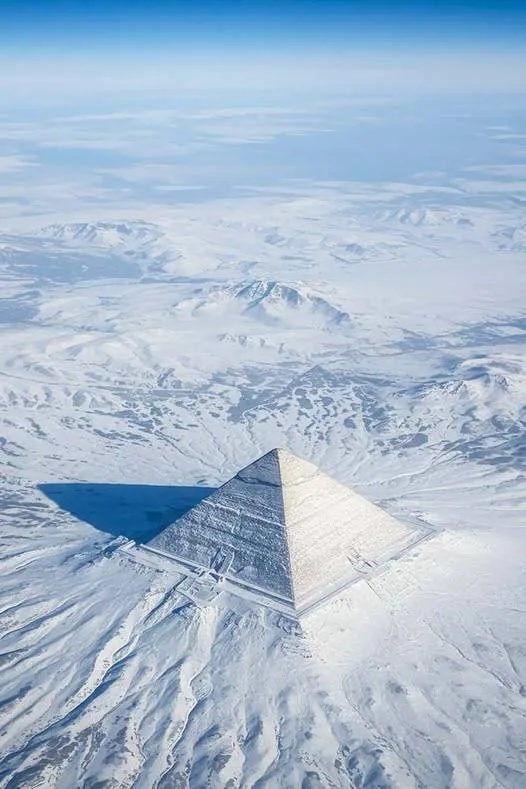
These findings underscore the advanced engineering of the ancient Egyptians, who constructed the pyramids around 4,500 years ago with techniques that remain poorly understood. The Great Pyramid, built for Pharaoh Khufu, contains approximately 2.3 million stone blocks, precisely placed, and its alignment with cardinal points and celestial bodies suggests a sophisticated understanding of mathematics and astronomy. Yet, the discovery of hidden structures has fueled speculation that the pyramids may have been built atop older systems or served multifaceted purposes, possibly predating the Fourth Dynasty. Some researchers even reference Nikola Tesla’s theories about the pyramids harnessing Earth’s electromagnetic fields, though such ideas remain on the fringe.
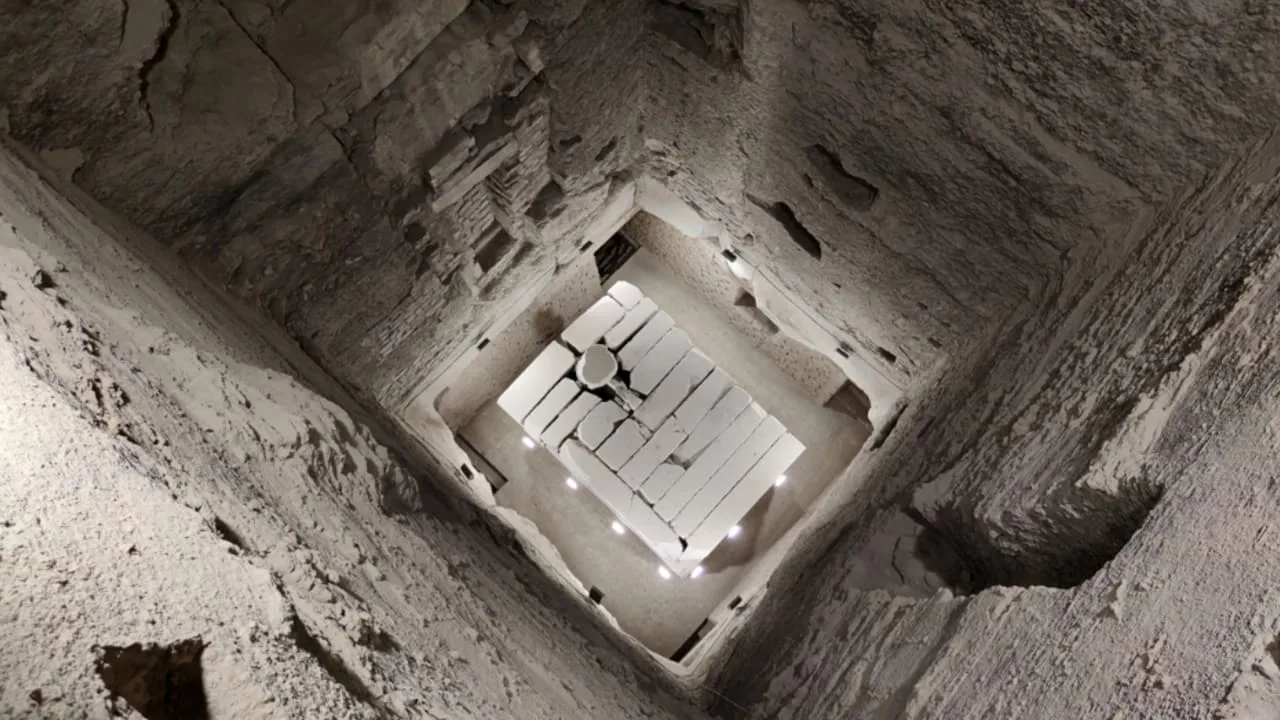
Each new discovery deepens the enigma of the pyramids, reminding us that the ancient civilizations responsible for these wonders may have possessed knowledge and capabilities far beyond what we currently understand. The reluctance of Egyptian authorities to permit invasive excavations, due to the risk to these irreplaceable monuments, means many secrets remain locked away. As non-invasive technologies continue to improve, the pyramids are likely to reveal more surprises, challenging us to rethink their purpose and the ingenuity of the people who built them. One thing is clear: the pyramids hold far more secrets than we ever imagined, and their story is far from complete.
